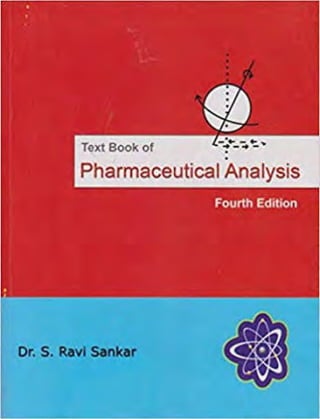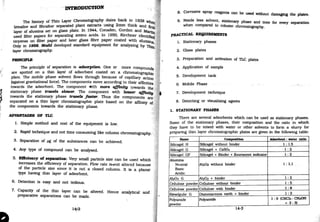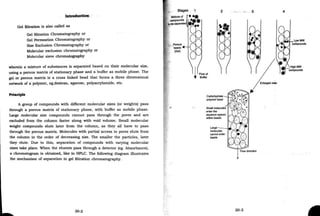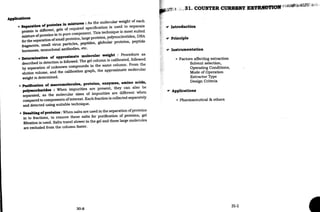This document discusses countercurrent extraction, a multiple liquid-liquid extraction technique used to separate components with varying solubility in two immiscible liquids. In countercurrent extraction, the two liquids flow in opposite directions through multiple stages, allowing the components to reach equilibrium and become purified in separate streams. A diagram shows how component A concentrates in one liquid while B concentrates in the other over several stages. Factors like solvent selection, operating conditions, extractor design, and number of stages influence the process. Countercurrent extraction has applications in separating synthetic mixtures, plant extracts, and purifying compounds.



































































































































































































